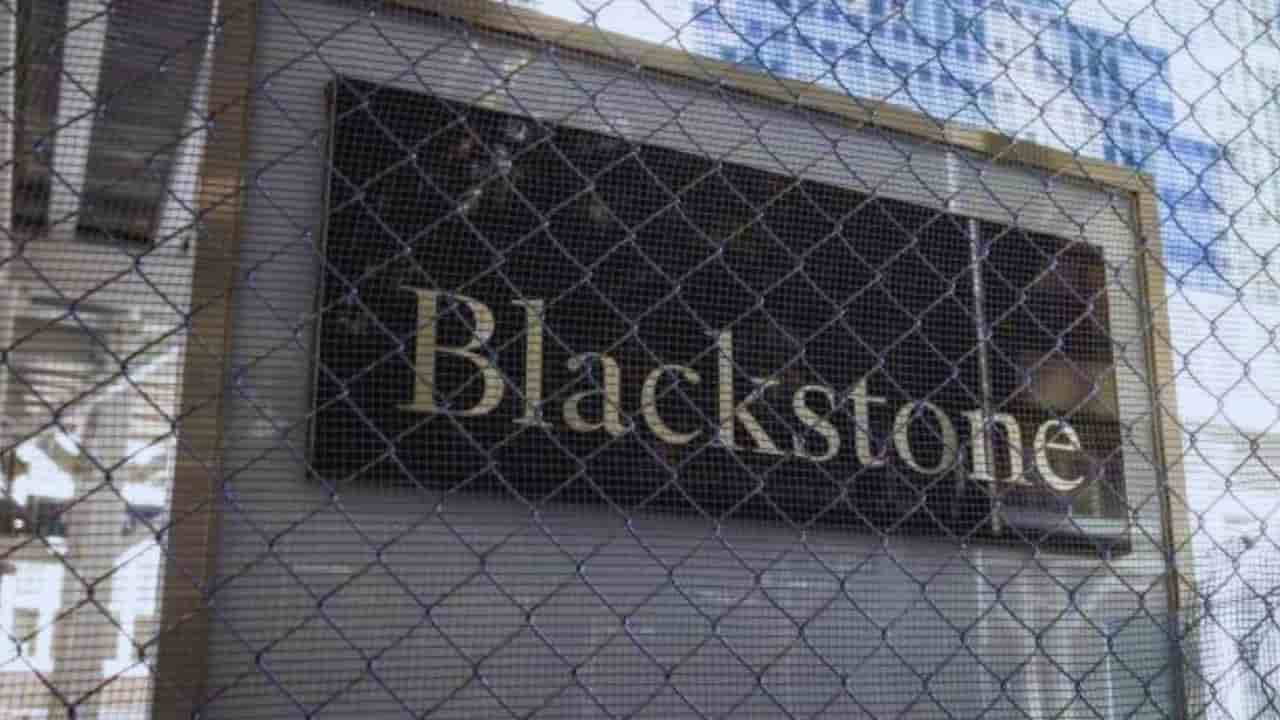Credit Boom Fuels Blackstone’s Profit Surge
In a surprising turn of events, Blackstone’s lending arm has become its top moneymaker, pushing the investment giant to new heights. As a news reporter on the ground, I possess firsthand knowledge about the transformation of Wall Street’s largest player due to the credit craze.
Blackstone, the largest alternative asset manager globally, recently released its third-quarter results, garnering significant attention. The company’s profit jumped 5.5% to a whopping $1.28 billion compared to last year. What’s driving this growth? It’s all about the Benjamins—or more specifically, the loans.
The firm’s credit and insurance division is on fire, raking in $21.4 billion in new money during the last three months. That’s more than half of all the cash Blackstone collected across its entire business. Talk about a cash cow!
The truly remarkable part is that Blackstone’s credit division currently oversees an astounding $354.7 billion in assets. That’s enough to edge out real estate as the company’s biggest unit. It’s as if David, a lending powerhouse, triumphs over Goliath, a collection of fancy buildings.
Jon Gray, Blackstone’s president, seems pretty pleased with this shakeup. “We like having a diversified business,” he told reporters. Translation: We’re not relying solely on one business.
This credit boom isn’t just beneficial news for Blackstone’s bottom line. This credit boom is significantly altering the landscape of Wall Street. Every day, the major players in alternative assets are transforming into comprehensive financial institutions, resembling banks in appearance. It’s giving them a lifeline while their private equity businesses face some tough times.
Speaking of tough times, Blackstone’s buyout pros are still struggling to close deals at the sky-high prices they want. The company’s private equity earnings dropped 11%, while real estate dipped 3%. Ouch.
However, the property market is not entirely devoid of optimism. Blackstone’s popular Real Estate Income Trust (BREIT) is seeing fewer investors head for the exits. In fact, Gray hinted that things might be turning around: “If current trends hold, we’re moving toward positive net flows in BREIT.”
So, what’s the big picture here? Blackstone’s branching out, and it’s paying off. They’ve hit a milestone of $250 billion in assets managed for everyday investors and banks. Their private equity and infrastructure divisions are showing some muscle, too, helping the firm achieve its best fund performance in three years.
Wall Street seems to be catching Blackstone’s optimism. Gray says dealmakers are feeling more confident about the economy and the strong stock market. He noted that the deal market appears to be at a pivotal moment.
But let’s not get ahead of ourselves. The upcoming U.S. presidential election could potentially disrupt the current situation. Gray predicts a nail-biter, with “pretty thin margins” come November. He cautions investors not to rely solely on campaign promises, as the realities of governance often diverge from the intensity of an election.
So, what does all this mean for you, dear reader? If you’re closely monitoring the markets, Blackstone’s credit success could potentially signal future developments. As traditional banks tighten their lending, alternative asset managers are stepping up to fill the gap.
For the average individual, this change may provide additional options for borrowing and investing. But remember, with great power comes great responsibility. Regulators and watchdogs will closely monitor the activities of these financial giants as they expand their reach.
In the end, Blackstone’s credit conquest is a testament to the ever-changing world of finance. Adaptability is paramount in the world of Wall Street, as evidenced by the transformation from a side hustle to the main event. As we observe this credit saga unfold, it becomes evident that the only constant in finance is change itself.
